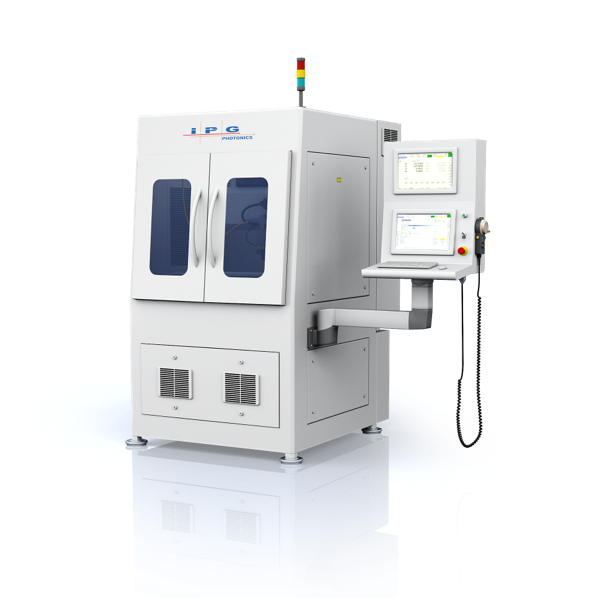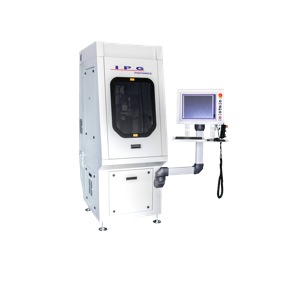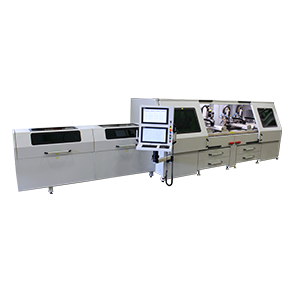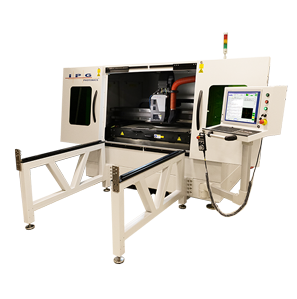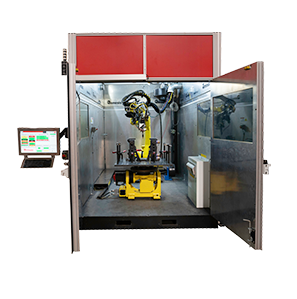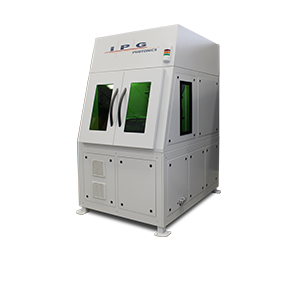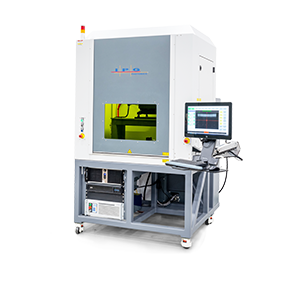View All IPG Photonics Laser Products —VISIT CORPORATE WEBSITE✕
Applications
Laser Drilling
Laser drilling has become a widely used manufacturing solution because it is a high speed, high quality, non-contact process that doesn’t suffer from effects due to mechanical wear of the drilling tool. The ability to change hole shape, size, and approach angle, and the ability for lasers to drill small diameters not possible with conventional drilling technology, add to the flexibility of the laser drilling system.
- Creation of precisely-dimensioned, exactly placed holes
- Holes can be any shape and size, and switching between hole types is immediate with no tool change
- Any approach angle, down to ~15 degrees, with no change in process
- No drill tips to wear – constant quality and no tool changing downtime
- High-speed process – many applications less than 1 second/hole
Improve your drilling speed and precision - contact a local IPG laser drilling engineer to learn how.
Why are more manufacturers switching to laser drilling?
Repeatability, accuracy, flexibility and cost benefits are the primary reasons that laser drilling is rapidly increasing in popularity as a machining technique. While repeatability and accuracy have long been the hallmark of laser processing, it is relatively recently that the reliability (zero maintenance requirements) and low cost of the IPG fiber lasers has made the technology both a technically and economically preferred solution. The IPG fiber laser design also allows for laser pulse characteristics not possible by older laser technologies (or some other fiber designs), providing a level of processing flexibility that can enable new manufacturing approaches.
Mechanical Punching vs
Fiber Laser Drilling
For flat metal parts, punching has the advantage that many holes, even different sizes, can be created in a single operation, making it good for multiple holed parts in high-volume production
Lasers eliminate the need and cost of making punch press tooling, providing a low-cost solution for prototyping or short-run parts. Laser drilling has no parts to wear or break, and can process the highest strength materials with no difficulty. Unlike mechanical punching with a diameter restriction of ~ 1.0 – 1.5x sheet thickness, lasers have immense flexibility in any hole-forming operation.
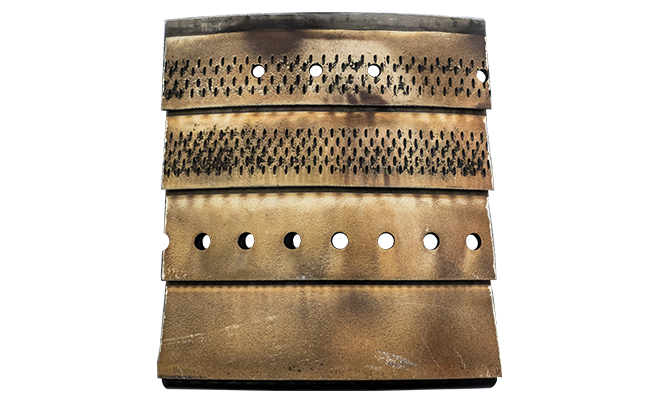
Mechanical Machining vs
Fiber Laser Drilling
Drilling, reaming and milling produce most holes in metal today. The technology is well established and easily understood, but has several limitations, mostly related to holes that have a high angle of incidence, or are non-circular.
Lasers have no restrictions on hole type and are able to achieve diameters down to a few microns. Approach angles down to 15 degrees are routine operations. Fiber lasers have no parts to wear, so hole quality is always the same, and with no tool changes needed, cycle times are generally reduced.

EDM vs Fiber Laser Drilling
EDM produces very high quality holes with diameter/depth ratios up to 200 or more in materials up to 300 mm thick. It can be combined with a wire cutting function for cutting complex shapes. Like wire EDM cutting, the principle drawback is process speed.
Laser drilling is faster, and works on a broader range of materials.
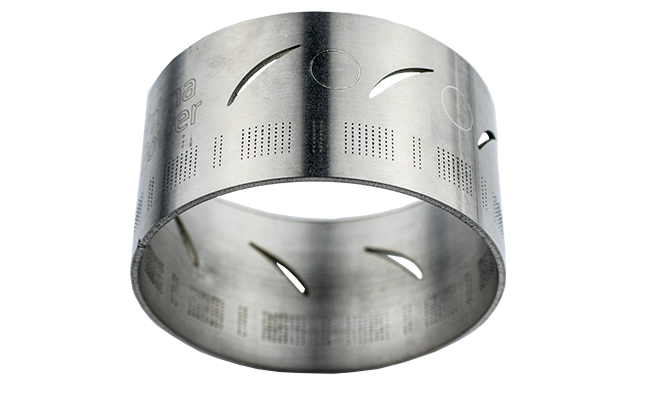
Chemical Etching vs Fiber Laser Drilling
Having the highest resolution and potential to process many holes simultaneously, chemical etching has advantages in applications that demand those characteristics.
Laser drilling is the highest-resolution alternative. Laser drilling does not require costly masking processes to protect areas not being etched, and can be significantly faster in applications that do not have thousands of holes on a single part.
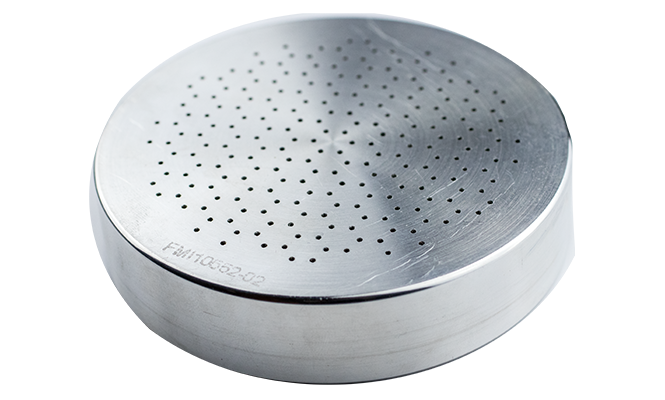
Advantages of IPG Fiber Laser Drilling Technology
Drilling Speed
In many cases, laser drilling is by far the highest speed of any hole-forming process. IPG laser drilling is even faster. The excellent beam quality (focusability) of the IPG lasers provides greater energy density on the part, and IPG’s unique QCW capability provides busts of peak power that make penetration and drilling of metals even faster.
Machining Flexibility
Fiber lasers remove the restrictions associated with mechanical drilling. Unlike a conventional drill that requires landing site preparation for angled holes, fiber lasers can tackle approach angles down to 15 degrees with no process changes. Also, unlike mechanical drills that are specific to the hole size, lasers can switch between hole sizes, even irregular shaped holes, with no mechanical adjustments.
No Wear or Consumables
A main benefit of laser drilling is that there is no drilling bit to wear or break. IPG fiber lasers take this further by having no consumables in the laser. The elimination of costs associated with these consumables and the time that would be taken to replace them, results in IPG Fiber Laser drilling providing the fastest ROI.
Laser Drilling Systems
Get an Application Evaluation
Discover how IPG's laser technology can help solve your shop's biggest challenges.
Schedule Evaluation

